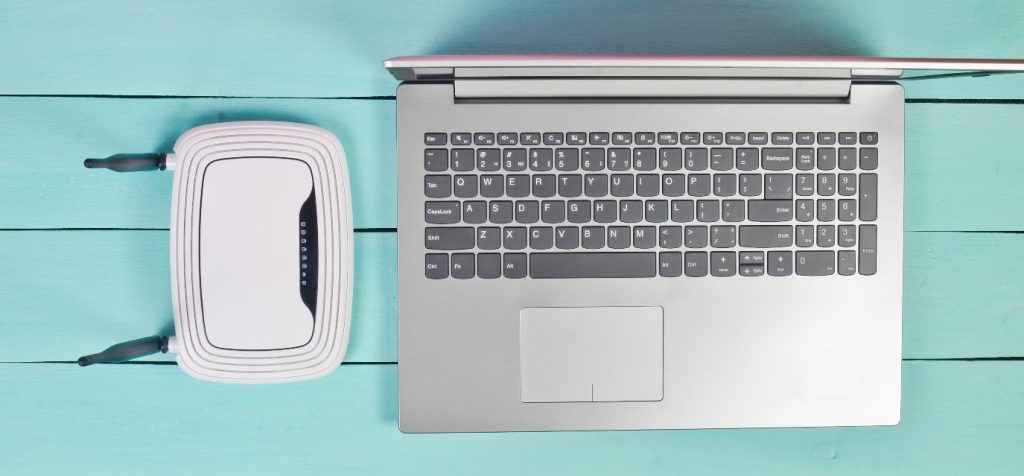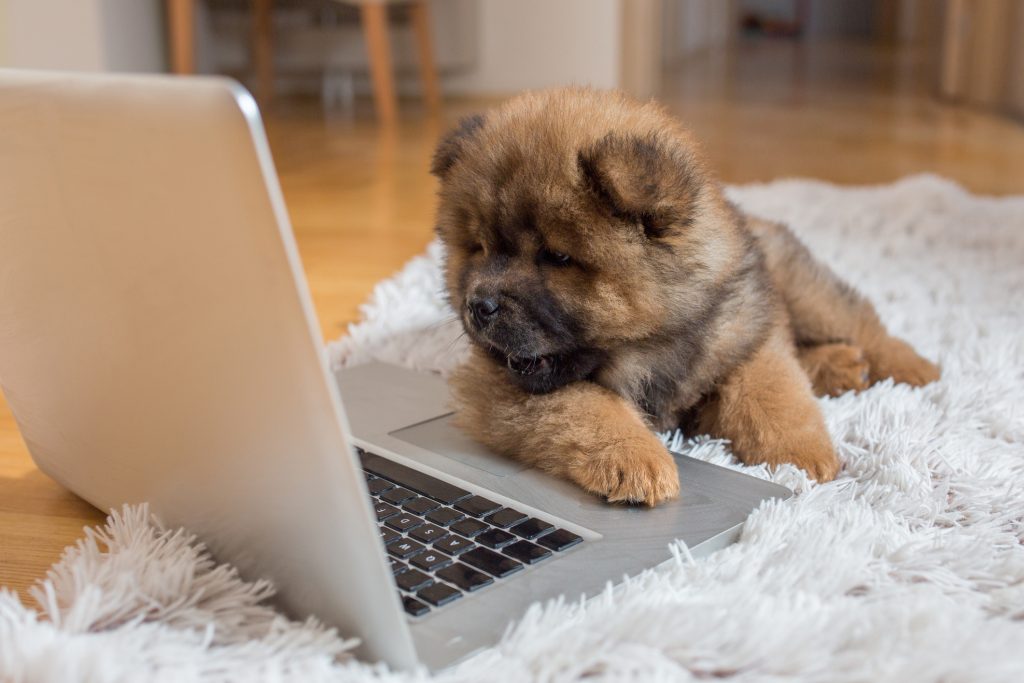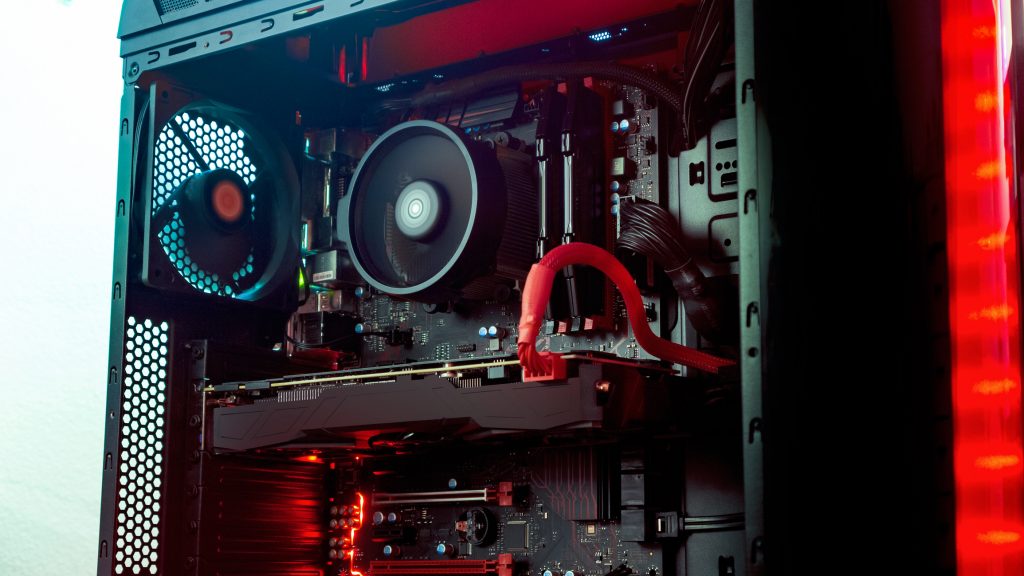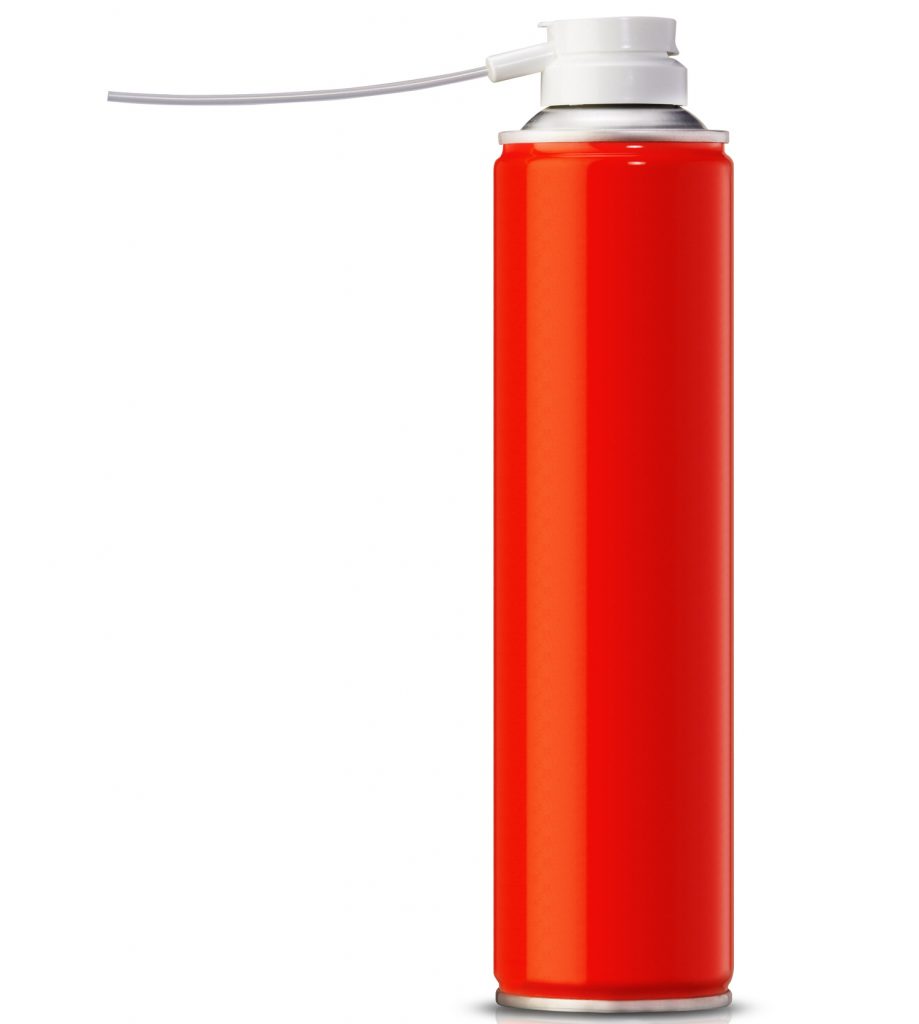How to Clean My Keyboard – and Other PC Maintenance Questions
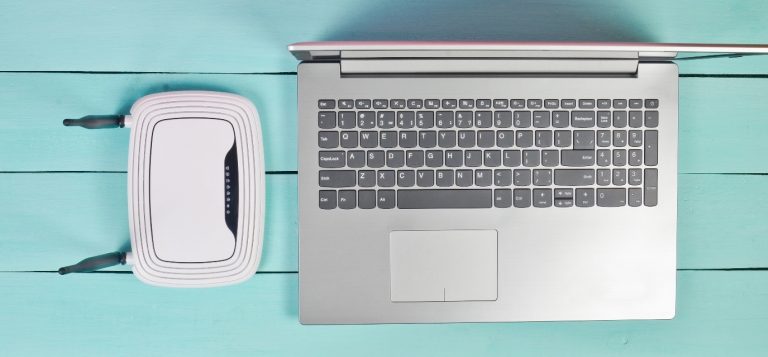
We are dedicated to eco-friendly solutions, but one of the most important things you can do if you care about keeping our planet healthy is to take care of your current assets. This doesn’t necessarily mean refusing to upgrade your tech simply because Word 2000 still works on your Windows XP system; it’s more about keeping your technology in great condition so that when it comes to IT asset disposal, we can recycle as much as possible.
1) How to Clean my Keyboard
If you eat at your desk, own a pet or have just inherited a filthy keyboard at your new desk in the office, then you’re probably asking yourself whether you should clean that keyboard and how best to go about it.
Firstly, while a keyboard is quite sturdy and doesn’t need cleaning too often, you might want to give it a quick clean now and then for your peace of mind. If it’s a shared keyboard and you’re not sure about picking up the germs from the last five people who touched it, for example, then you might want to give it a quick wipe with an anti-bacterial cloth.
You should always disconnect the keyboard from the computer before you start to clean it. This is to avoid accidentally inputting commands onto the computer if you press down the buttons whilst cleaning the keys. If you’re working from a laptop, it is very important that the entire laptop is turned off and unplugged before you start.
To begin with, you should turn the keyboard upside down to shake free any loose debris. Tilt the keyboard in different directions to get the best effect. Preferably, shake the keyboard over a hard surface like a table so that you can scoop up the fallen dirt and put it in a bin.
The next step depends on how filthy your keyboard is, if there is very little stubborn dirt and debris left in your keyboard, then you may be best served using compressed air to blow out any remaining particles. Next, use a vacuum nozzle to suck any remaining dirt out of the keyboard – check that none of your keys are loose before starting this task or they might get sucked up. Lastly, use a cotton swab dipped in cleaning alcohol to clean around the tops and sides of each key for maximum cleanliness.
If there’s still a lot of dirt wedged under the keys…
Alternatively, if you still feel that there is a lot of dirt wedged thick into your keyboard, you may instead choose to pull off the keys to get to the space underneath. Pulling off the keys can be a little nerve-wracking as it sometimes feels like you might break the connection, but with a little confidence, they come off quite easily. Before you pull up all the keys, take a picture of your keyboard so you know where to return them to later.
Once your keys are off, you can tip the keyboard upside down again and see the rest of the debris fall away. Then you can use an alcohol coated cotton swab to clean between all the key connections before you replace the keys. Ensure that the keyboard is fully dry before you use it again. The keys should clip back on quite easily with a little force pushing them downwards.
2) How to Clean Inside the Tower
The tower is where all the most important computer parts are stored. It’s where you will find the cooling fans, storage, graphics cards and motherboard. While not much will get into your tower, over time, the fans will pull in some dust which can settle on your motherboard and graphics cards. This layer of dust should be removed occasionally, perhaps once every year.
This dust can affect the longevity of your computer because it can provide unnecessary insulation to your computer parts, which may cause them to overheat, especially in the summer months. Overheating causes individual components to slow down and eventually break and is one of the primary factors of the gradual degeneration of your PC.
Some dust can also conduct electricity, and although it is very unlikely to cause much harm for most PCs, it doesn’t contribute towards a healthy PC.
To clean your PC, you will need some screwdrivers to get into the tower, a microfibre rag and some compressed air.
First, ensure that your computer is turned off, unplugged and carefully set it on a table where you can easily work on it. Lay it onto its side and unscrew one of the sides. Now that you can see all of the individual parts, you can tell whether your PC is dusty and needs a clean, or whether it is OK and should be left.
If it is dusty, then retrieve your can of compressed air and fire it into all those hard to reach but dusty areas. Take special care around the motherboard (big green board with lots of soldering), RAM (computer memory, often a short horizontal black stick, sometimes it comes in twos), and graphics card. These are the parts which are most important to your computer and can be annoying to replace. Because of this, it is important that you keep them clean and dust free but are very careful when cleaning around them.
If you’re not particularly handy with making computers, avoid unscrewing any of the interior parts to get at some pesky dust easier. Instead, do your best to angle the compressed air in a way that moves the dust out of the crevice.
Use the microfibre rag on any particularly stubborn areas, like on the fans where dust build up could be the heaviest.
If you’re using a laptop…
Laptops are much harder to clean because unscrewing the back could lead to an invalidation of their warranty. They are also often used on soft surfaces – such as your lap – and can pick up dust and pet hair from your clothes which is difficult to get out without voiding the warranty and can cause your laptop to overheat, which may break or slow your computer’s processing power.
The difficulty of cleaning a laptop and its environment often means that they have a much shorter lifespan than a desktop PC. If you don’t want to void the warranty of your laptop, we recommend that you take it to a professional service for a thorough yearly clean, especially if you’re running an expensive model.
Otherwise, the best you can do to extend the life and quality of your laptop is to ensure that there is good airflow running from your laptop and that you remove the battery when you aren’t charging it.
3) How Do I Clean My Monitor?
The last piece of your tech that you might be interested in cleaning is your monitor. While a dirty monitor won’t inhibit the performance of your computer, it may affect your enjoyment of it. It’s also the easiest piece of kit to clean; all you need is a barely damp micro fibre rag and a dry one. Wipe the dirt off your screen with the lightly damp rag, using circular motions for tough spots, and then use the dry rag to remove any excess moisture from the screen once you are done.
Extra Tips
- Don’t skimp out on the compressed air and think that you can blow away the dust! Your breath has tiny particles of conductible liquid (spit) that you don’t want on any of your electrical components. A can of compressed air is stronger and drier than your breath, so it is well worth the purchase for a thorough clean.
- A microfibre rag is important for cleaning your screen. If you don’t use this type of rag, you risk scratching your screen while you try to clean it.
Our IT relocation services can cover your business if you are moving your office location. If you are moving, why not use this as a chance to get an IT asset audit on your equipment to ensure that they are working to their best potential? We can offer a range of services for your equipment, so speak to us about what services we can offer you.

